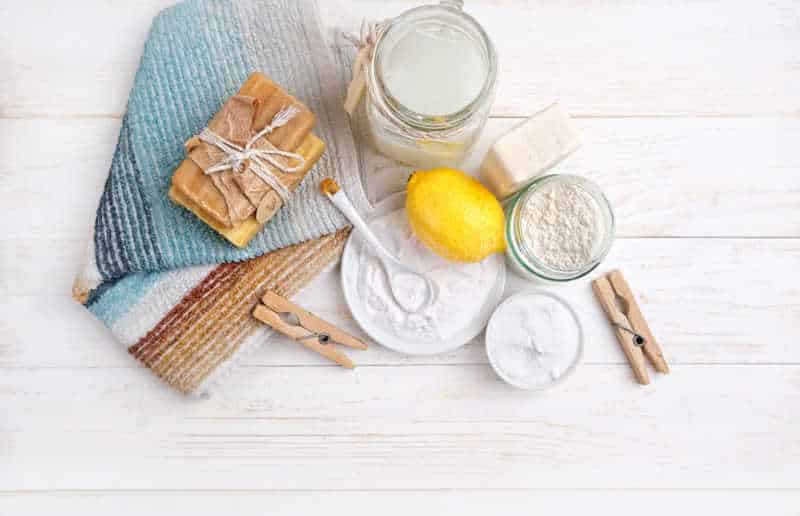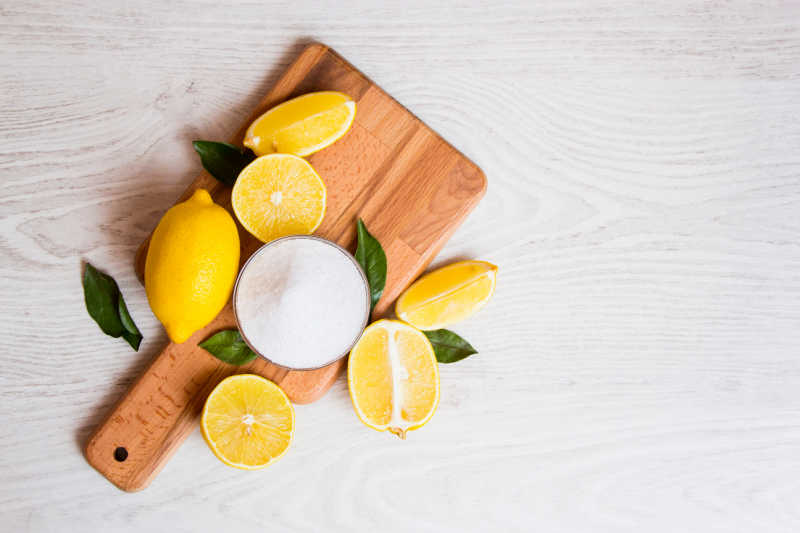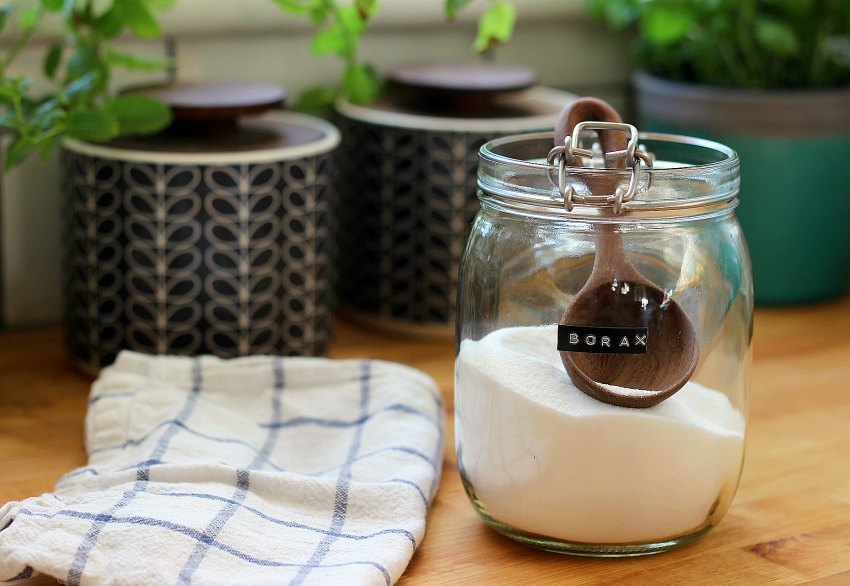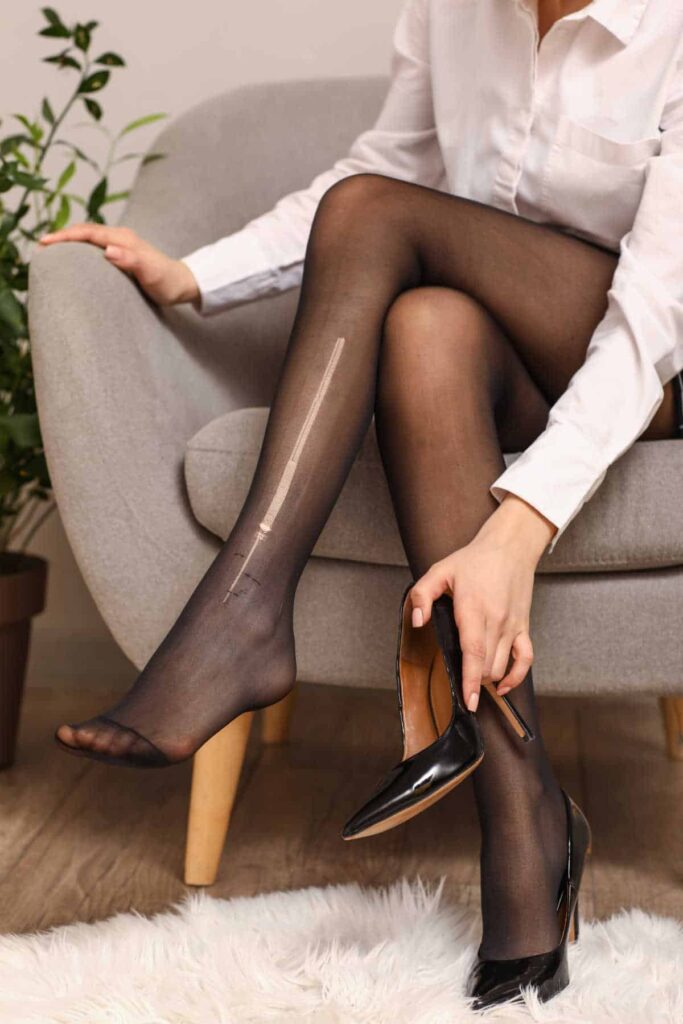Six Eco-Friendly Bleach Alternatives To Try
To support the running costs of Moral Fibres, this post may contain affiliate links. This means Moral Fibres may earn a small commission, at no extra cost to readers, on items purchased through these links.
Looking for sustainable alternatives to chlorine bleach? Try these eco-friendly bleach alternatives that whiten clothes and kill germs without leaving a toxic footprint.
Something I get asked A LOT is what do I use in place of bleach?
The thing is, even before switching to green cleaning, I was never a fan of bleach. I’ve always sought out alternatives because who wants their home smelling like a swimming pool? Not me!
And it’s not just the overpowering chlorine smell that makes me hate bleach. Conventional cleaning products have been associated with poor lung health. Meanwhile, chlorine bleach itself is known for its harmful impacts on the environment. Surely there’s got to be a better way to disinfect surfaces and keep our whites lovely and bright?
Thankfully, over the years I’ve found lots of green alternatives to bleach that I now use in my home. From disinfecting my chopping boards to adding to my laundry routine to keep my white clothes in tip-top condition.
Six Eco-Friendly Alternatives To Bleach To Try

Hydrogen peroxide, bicarbonate of soda, vinegar, lemon juice, sodium percarbonate, and even the sun all make for great substitutes. Here’s just why these six green bleach alternatives will help you ditch the chlorine:
Hydrogen Peroxide
Hydrogen peroxide sounds scary, but actually, it’s an incredibly powerful yet green do-it-all that has many applications around the home.
What makes hydrogen peroxide a great eco-friendly alternative to bleach is that it doesn’t leave any harsh chemical residue on your surfaces. Instead, it breaks down to simply water and oxygen.
It comes in different concentrations. I’d recommend, for all uses, that you use the 3% solution of hydrogen peroxide. Here’s more on where to buy hydrogen peroxide if you’re new to this product.
Using Hydrogen Peroxide In Place Of Bleach In The Laundry
There are a few different ways to use hydrogen peroxide when doing your laundry, to keep your whites super bright.
First, you can soak your whites in a bucket of warm water with around 200 ml of hydrogen peroxide added to it. Leave your clothes to soak for around 15 minutes before washing as normal.
Alternatively, you can add hydrogen peroxide to your washing machine to whiten your whites that way. Add your detergent to your machine as normal, and start your wash cycle. After the water starts running, when it rinses the laundry detergent into the drum, you can then open the detergent drawer slightly and pour 200 ml of hydrogen peroxide into the detergent drawer.
If that is too much hassle, then the other option is to dilute 200 ml of hydrogen peroxide with 400 ml of water and add the solution to the empty drum of your washing machine. Then, load your white clothes, and wash them as usual.
Whichever method you prefer, do remember that it’s a good idea to test hydrogen peroxide on an inconspicuous area of clothing first, before washing it.
Disinfecting Hard Surfaces With Hydrogen Peroxide
If you use bleach-based sprays to disinfect your chopping board, then you may be interested to hear that there is an alternative. Hydrogen peroxide is also effective at killing some food-borne microorganisms.
This is because hydrogen peroxide contains a highly volatile oxygen atom that causes a process called oxidation. Put more simply, this is a reaction in which the hydrogen peroxide steals electrons from bacteria, breaking down their cell walls. With no cell walls, bacteria, which are simple microorganisms, die. This leaves your surfaces germ-free without any harsh chemical residue.
Not convinced? A scientific study carried out in 1997 found that spraying vinegar and then hydrogen peroxide on surfaces was effective in killing food-borne micro-organisms, such as E. coli, salmonella and listeria.
If you want to disinfect your chopping board, first spray undiluted vinegar onto the board, and then wipe it with a clean, damp cloth. Then rinse the cloth, before spraying 3% undiluted hydrogen peroxide onto the board. Let the hydrogen peroxide sit for one minute. Then wipe again and you’re done.
Safety Warnings
Don’t be tempted to take any shortcuts. Mixing hydrogen peroxide with vinegar gives off a harmful gas called peracetic acid. This gas can seriously harm your eyes, nose, throat, lungs, and skin. It’s fine to use the two in succession on a surface, in the manner described above. Just don’t ever mix hydrogen peroxide and vinegar in the same bottle.
Another important point to note is that hydrogen peroxide and vinegar are both highly acidic. This means you shouldn’t use them to disinfect natural stone surfaces, such as granite, quartz, marble or similar as it could damage them. However, do also note that bleach is highly alkaline. It shouldn’t be used on these surfaces either as it again could cause surface damage.
If hydrogen peroxide isn’t for you, try some of the just-add-water anti-bacterial sprays in my guide to just-add-water cleaning products.
Bicarbonate Of Soda

If hydrogen peroxide isn’t for you, then another great eco alternative to bleach is bicarbonate of soda (also known as baking soda). Coming in cheaper than hydrogen peroxide, and easier to pick up in local shops, bicarbonate of soda is a great choice for whitening and brightening your laundry.
Bicarbonate of soda is alkaline. This means when it is added to your laundry it cuts through limescale and detergent residue that can contribute to white clothes turning grey. Simply add a scoopful of bicarbonate of soda – either in the detergent drawer or directly into the drum. This helps to keep whites white for longer.
For tackling food, oily, greasy or mud stains on clothes, then bicarbonate of soda also works well. Simply mix some bicarbonate of soda with water to form a thick paste, and then apply the paste to the stain. Leave the paste to dry, and once dry, wash your item of clothing as normal.
Sodium Percarbonate
Sodium percarbonate – also known as laundry bleach or oxygen bleach – makes for a great sustainable alternative as it helps keep whites white and remove stains from clothing.
This white crystalline powder is made from hydrogen peroxide and sodium carbonate. This is more commonly known as soda ash or soda crystals.
When dissolved in water, sodium percarbonate releases a mixture of oxygen, water, and soda crystals. This is brilliant at gently removing stains on both white and coloured clothing. And it acts as a great natural whitening agent for white or light clothing, without releasing any harmful chemicals.
To whiten your whites using oxygen bleach, you will get the best results by using the bleach as a pre-soak. In this case, add 2 tablespoons of oxygen bleach per 4 litres of warm water, and then soak your clothing for six hours. Then wash your clothes as normal for whites so bright you’ll need sunglasses!
Here’s where to buy oxygen bleach if you want to try it out for yourself.
White Vinegar
Similar to bicarbonate of soda, the acidic nature of white vinegar cuts through limescale and detergent residue that can contribute to white clothes turning grey. It’s this property that makes it a great sustainable alternative to bleach.
White vinegar is also super cheap, so it’s a great affordable option.
To get the whitening benefits of vinegar, simply use vinegar in place of fabric conditioner during every wash. Vinegar is also safe to use on coloured clothing.
Need more info? Here’s my ultimate guide to cleaning with white vinegar.
Lemon

When life gives you lemons, use them to bleach and whiten your white clothing.
Similar to vinegar, lemon juice is acidic. In fact, the citric acid in lemons helps to break down stains on white-coloured clothing and brighten dingy whites.
To use lemon juice in your laundry, simply add around 200 ml of lemon juice to your load of white washing along with your usual detergent.
This bleach alternative is more expensive than using vinegar or bicarbonate of soda. However, if you randomly find yourself with a load of lemons (it happens!), then this is a great way to use them up, whilst caring for your clothes.
See my guide to cleaning with lemons and vinegar for more top tips.
The Sun
Finally, when it comes to keeping whites white and removing organic stains from white clothing, washable nappies or reusable sanitary towels, then there is nothing more eco-friendly than harnessing the power of the sun.
To use the sun as an alternative to bleach, simply hang out your freshly washed garments on your washing line or clothes horse on a sunny day.
Ensure that any stains are facing the sun. Meanwhile, for whitening and brightening white clothing, make sure the clothes are turned the right way out. Leave them there to dry, and let the sun do all the work whilst you put your feet up!
Looking for more green cleaning inspiration? Check out my ultimate guide to making your own natural cleaning products.
Found this post useful? Please consider buying me a virtual coffee to help support the site’s running costs.




